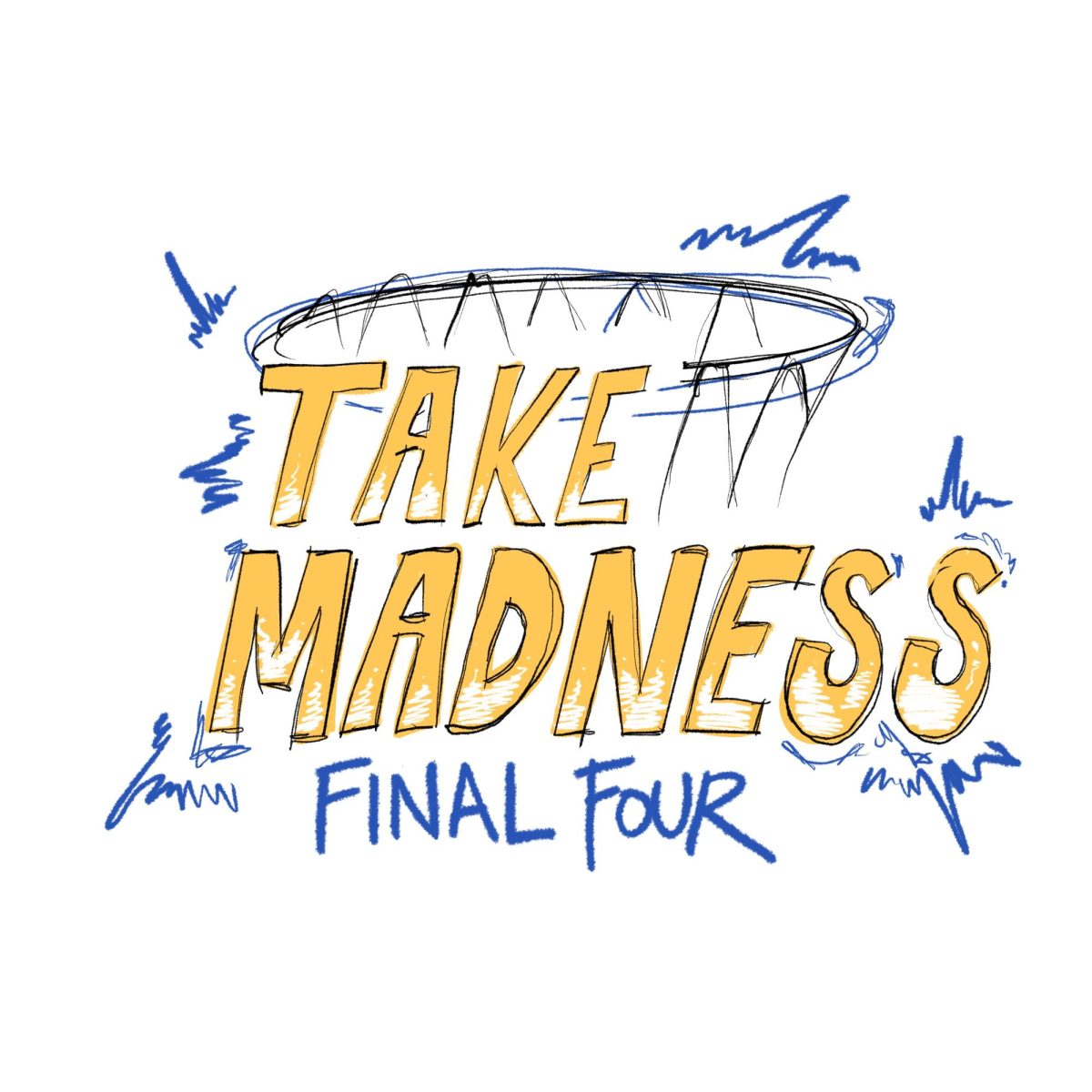To effect change, direct action is preferable to negative protesting
March 29, 2004
Toward the end of April, while most of us are huddled away in secluded corners of the… Toward the end of April, while most of us are huddled away in secluded corners of the library, praying for a quick and merciful end to finals week, thousands of others will be gathering in Washington, D.C., for a sardonic celebration of the International Monetary Fund’s and the World Bank’s 60th birthdays.
Those assembled will chant and jeer and march around. The protest will be peaceful, but some will be arrested. On the whole, the protesters will feel good about themselves. When the end of the second day comes, everyone will leave, and nothing will change.
They will return home to news coverage that depicts them as rowdy anarchists and sets images of screaming students with dreadlocks next to footage of well-dressed World Bank officials with clean fingernails speaking in mannered tones. The commentators — and most of the United States — will write off the protesters as radically idealistic youths with no conception of how the “real” world works. To some extent, they’ll be right.
The impotency of their voices will frustrate some, and anger will grow inside them. Others will write off the failure by saying they raised awareness. This, too, will be true to some extent, but not the extent needed to make any significant difference.
I realize I paint a rather dismal picture. I ask my fellow activists to forgive me for that. I realize other pictures can be painted. But the one I have here is one that we need to come to terms with. What we’re doing isn’t working well enough.
Marching outside of a meeting and yelling for those inside to stop what they’re doing says very little to the moderates of the nation watching on television. Sure, a few of them might be curious enough to look into things for themselves, but the majority doesn’t see any injustice.
The main objective of a demonstration should be to communicate to all of those who didn’t come out to participate. This goal is not as simply reached as it once was. To some extent, Mohandas Gandhi, Martin Luther King Jr. and Nelson Mandela had it easier. They were surrounded by obvious oppression and they could highlight it easily enough. When a group of blacks walks into a white cafeteria and sits down, an onlooker can quickly discern the injustice involved.
They’re speaking out against injustice, but more than that, by going to where the injustice is perpetrated, they are revealing the injustice for all to see. This is direct action. It’s the most effective form of protest and a means that can’t be used in the United States with regard to the movement in question.
Sure, showing up at a meeting of the WTO and yelling is direct in the sense that they are there, and I am here, yelling directly at them. But that is only direct for the protester. It doesn’t appear direct to the onlooker. It’s almost counterproductive in the sense that it’s easy for a black person sitting at a whites-only lunch table, demonstrating for his rights, to appear righteous, while a white kid marching, screaming anti-this, anti-that, is more easily written off as radical.
What we need in this country are more positive demonstrations. We can’t directly reveal the injustices being perpetrated, but we can directly reveal what people should do to wash their hands of it.
Two hundred students coming out for fair-trade coffee, a three-block line outside of Quiet Storm, would make people think a lot more than two hundred students pumping signs that demand the WTO stop everything. Two hundred students lined up outside of Kiva Han would say a lot more than those same students across the street yelling directly at Starbucks.
This isn’t a fix-all suggestion. It’s really just a start, a recommended first step. Ultimately, we have to recognize the place and effectiveness of what we’re doing and reevaluate everything.
Questions, comments, insights or suggestions? Wminton@pittnews.com.


